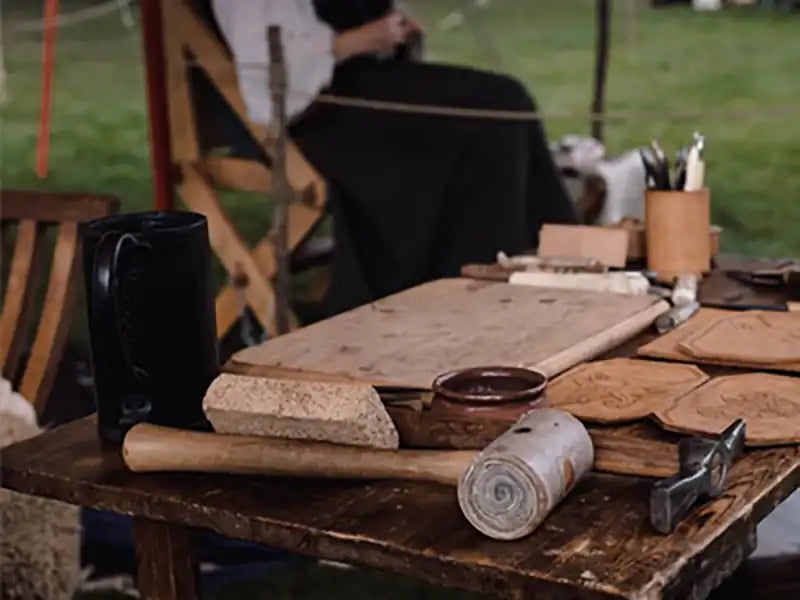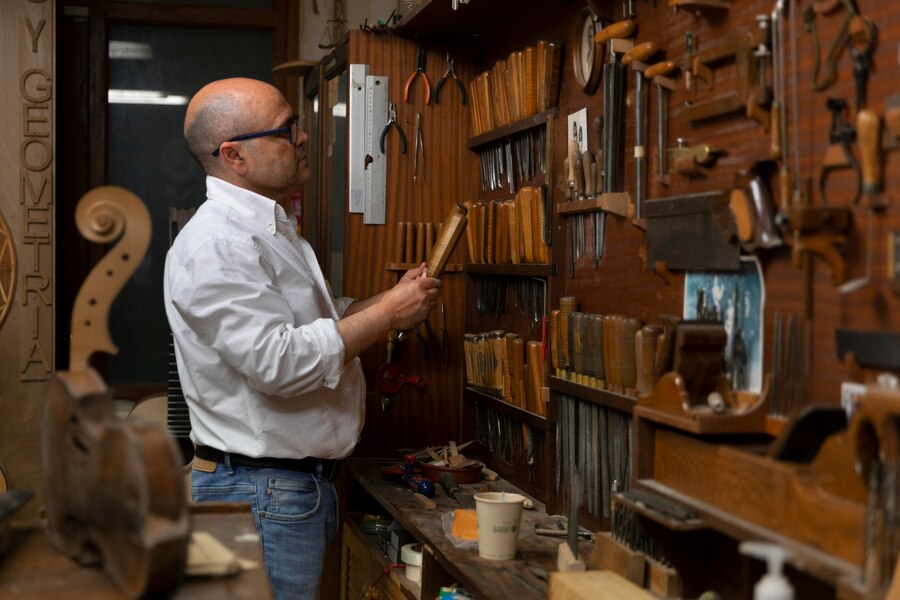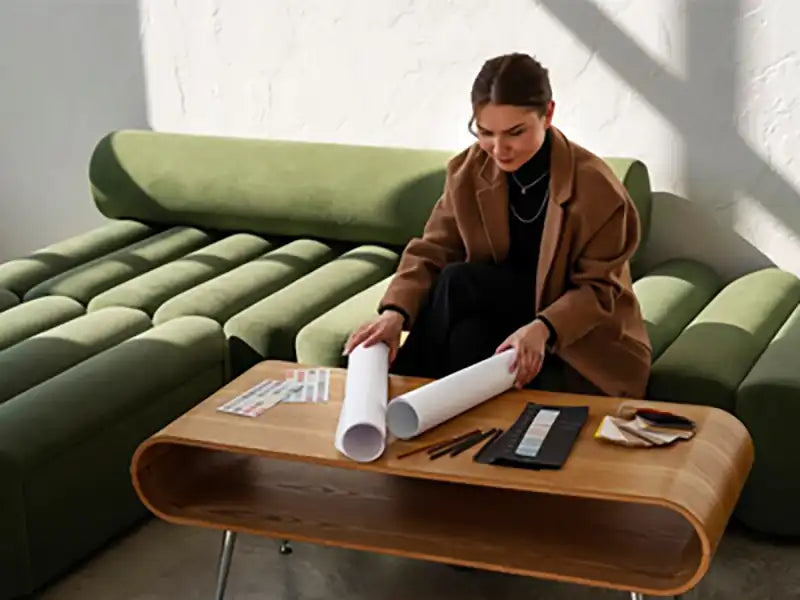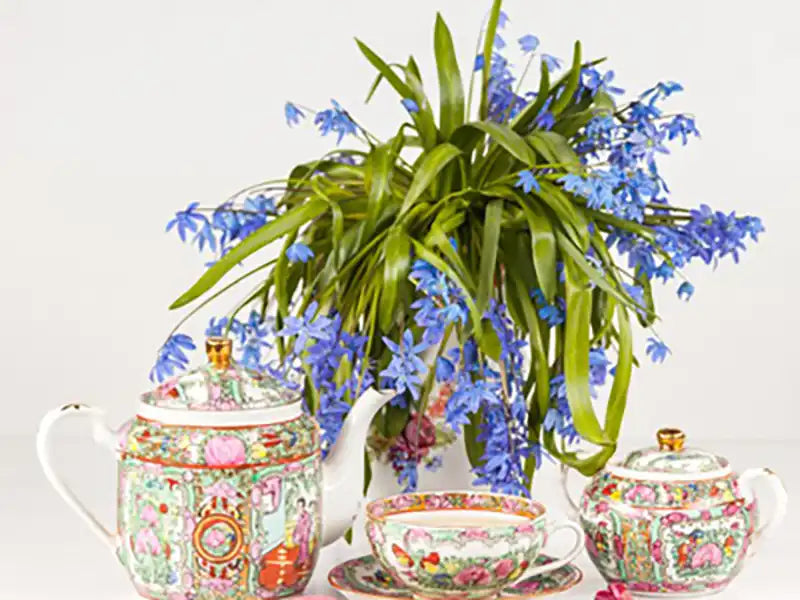Solid vs. Veneer Furniture – Which One Wins Your Heart?
When it comes to decking out your space with the finest furnishings, you're faced with a timeless showdown: solid wood vs. veneer furniture. It's like choosing between a juicy steak and a gourmet burger – both delicious, but with their own distinct flavors.
Today, we're diving into the epic battle of solid vs. veneer furniture. Buckle up, because we're about to demystify the pros and cons of each contender, helping you make an informed decision that'll rock your home sweet home.
The Aesthetic Clash
Picture this: a solid wood dining table, exuding the raw, authentic charm of nature's bounty. Now, hold that image. On the other side of the ring, veneer furniture comes in, flaunting its ability to mimic the look of solid wood.
Veneer is like the chameleon of furniture – it can replicate various wood grains and patterns, offering a wide range of aesthetics. But hey, solid wood isn't backing down – its natural imperfections and unique markings bring character that can't be replicated. Check out our timber bookshelves both in solid and veneer.
Durability Duel
In the durability face-off, solid wood takes the first swing. It's like the heavyweight champ – sturdy, resilient, and ready to take on the test of time. Scratches and dings? No big deal – they add to its story.
Veneer, though a worthy contender, is like a featherweight. It's made from a thin layer of real wood glued onto a substrate, which can be more susceptible to damage. However, modern technology has led to improvements in veneer's strength and durability.
Budget Battle
Now, let's talk numbers. Solid wood isn't pulling any punches in this round – it's the heavyweight champ of price tags. Its authenticity comes at a cost. Veneer, on the other hand, is like the budget-friendly buddy. You get the appearance of solid wood without breaking the bank. It's a great option for those who want the look without the hefty price tag.
Environmental Showdown
When it comes to the environment, solid wood has an eco-friendly edge. It's a renewable resource, and when sourced responsibly, it's a sustainable choice. Veneer, on the other hand, sometimes gets flack for using adhesives and finishes that might contain chemicals. However, modern practices are making strides to minimize the environmental impact of both solid wood and veneer furniture.
Maintenance Melee
Maintenance matters, right? Solid wood might seem like a low-maintenance winner, but it does require occasional TLC to maintain its luster. Veneer is like the low-key companion that requires less maintenance. Just keep in mind that harsh cleaning products or excessive moisture can damage veneer finishes.
Versatility Vendetta
Solid wood isn't just about looks – it's also about versatility. It can be refinished, sanded down, and even repurposed into new pieces. Veneer, while less versatile in this aspect, still holds its own in terms of adaptability.
The Verdict: It's a Draw!
So, who wins the ultimate battle between solid vs. veneer furniture? It's a tie! Both contenders bring unique strengths to the ring. Solid wood boasts authenticity, durability, and a touch of prestige, while veneer offers affordability, a range of aesthetics, and a lower environmental impact. The decision ultimately boils down to your preferences, priorities, and the story you want your furniture to tell.
In the end, it's not about choosing sides – it's about finding the perfect fit for your home. Whether you're Team Solid or Team Veneer, your space will thank you for the comfort, style, and character you bring to it. So go forth, furniture aficionados, and make your home a true reflection of your unique taste!






